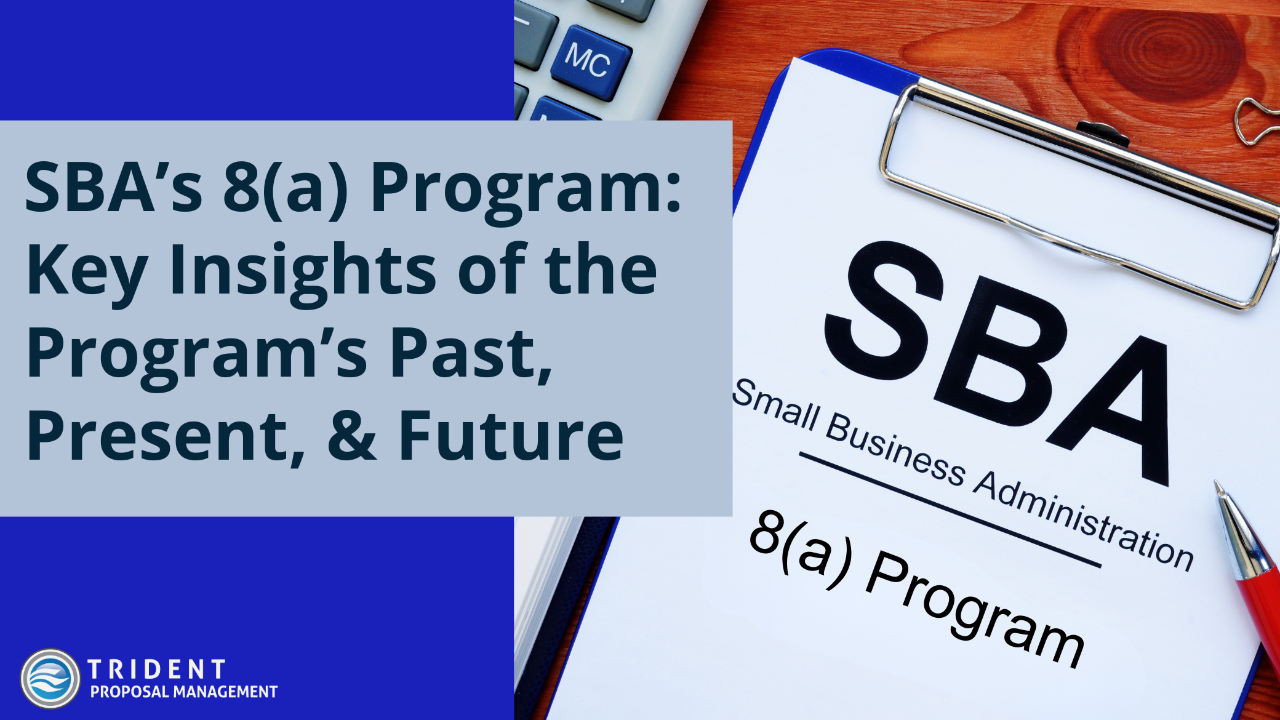Compel with Solutions, Stories and Facts
Apr 24, 2022
In our last blog, we provided you with three tips to help you write your best proposal. Tips are great but sometimes it leaves you wanting more information. You’re in luck. We’re going to pick up from the last blog by highlighting how you can compel with solutions, stories, and facts.
Solutions for the Win
Have you ever looked at the picture on a jigsaw puzzle box and saw the completed image? The solution is right on the cover. In a puzzle, each piece of the mosaic has one single location so you have to ensure you get it right. You can’t jam the pieces together to make them fit. Instead the right piece has to fit in the right spot. In order to do this, you must sort the pieces and prepare so that you have better results. With a proposal, the customer is the pile of puzzle pieces and the completed picture is what you can do. When you lay all the pieces out and understand that all 1,000 pieces make up a completed mosaic, you can begin to understand the problem. By understanding the corner pieces, color groupings, and like images, you understand the overall program and can then provide a realistic solution. A proposal is like this – it’s a large puzzle where you assemble the pieces to provide a solution because they all fit into one specific location of the RFP.
Rambling about how great your company, team, products or services are, is not interesting to the end client. They want to know how you - with your company or product - can address the needs they have outlined in their proposal. By highlighting the major issues they face, you can then take a piece-by-piece approach and explain how you would solve them. Providing concrete examples of where you have solved the problem in the past is a valuable response to the client.
Remember, the client has a problem, which is why they solicited your proposal (Request for Proposal = RFP). They’re looking for a solution. The “How” is what sets you apart from the competition, which is why it’s so important. Following a sequence and gently fitting the pieces together is different than hammering the pieces together and forcing them into place. Show them your How.
Stories Connect
“We are all storytellers. We live in a network of stories. There isn’t a stronger connect between people than storytelling” – Jimmy Neil Smith, director for the International Storytelling Center.
Everyone loves a good story, especially when it’s well laid out. You don’t have to be a New York Times bestselling author to craft a story that captures the grader. Take the time to include Who, What, When, Where, How and Why your relevant experience benefited the client. By building a framework addressing the 5 W’s and H, you can craft a story about how you solved a problem that is relevant to your potential client.
The Who and What are vital if the potential client can see it as similar to their own. If the Who and What aren’t clear, add in facts that help the grader see the connection. When addressing the How, highlight what you did that was unique, innovative, or difficult. Then explain the overall benefit you can offer based on this past experience.
By drawing a visual picture of your past experience and how you can solve their problem, the grader can see you in the shoes of the solution. Remember, stories connect.
Facts for Success
Facts are the support structure for your response. By providing concrete numbers in your response, you appear more authentic and genuine to the reader. It’s easy to say “approximately 5” or “over 20 percent” to round up but it may appear like you’re trying to be bigger than you are. Don’t use vague numbers to inflate your value. Instead use phrases such as “24 percent increase” or “17 milestones” to show the grader, and the client, that you know your value. It also shows them how well you track your progress by giving exact numbers. If the grader gets the impression that you’re over-inflating your numbers, it could change the way they grade you for the remainder of the proposal.
Remember, the grader is going to evaluate a number of proposals – sometimes hundreds. Be the one who stands out by using concrete metrics in your response. The grader will remember you better by showing your authentic side in your response.
This all may sound simple but you’d be surprised at the number of responses that are hastily assembled with the hope of winning the contract, like folks who follow the “dump the puzzle pieces on the table” and have at it. Don’t just push the response out the door – take the time to validate your experience with solutions, stories and facts. The grader will thank you for an easier read, and they may remember you better.
To improve your proposal writers and capture managers' game, check out the proposal Quick Start Guide from Trident Proposal Solutions. A good place to start to make sure your team's proposal has the best chance to win. And if you want that extra boost before your response is due, let our technical editors help ensure you’re compliant and compelling.




